NOVEMBER 23, 2021: In Portugal, the network of Aldeias Históricas de Portugal (Historic Villages of Portugal) is an association created to promote tourism in 12 of the most beautiful villages in the central area. These are villages that were chosen for their historic value, which means they usually have a castle or fort associated with them. They preserve their medieval character to attract tourist to come and learn more about the area.
Of the 12 villages on the list, we had so far visited four or them – Belmonte, Linhares da Beira, Sortelha and Trancoso. Today we would be visiting one more during the day and staying overnight at a second.
After a lazy morning, we finally got packed and ready to leave Covilhã after 10:00. Our first destination was Fundão, a large village about ½ hour south. Once again, all we had was a photo of a New Christian mark on a house somewhere in the village. We headed straight for the Tourist Information office, and were given a map of two locations within the village where markings on houses can be found. The fist was right around the corner, and there were three houses with some of the most distinct markings we have seen to date.
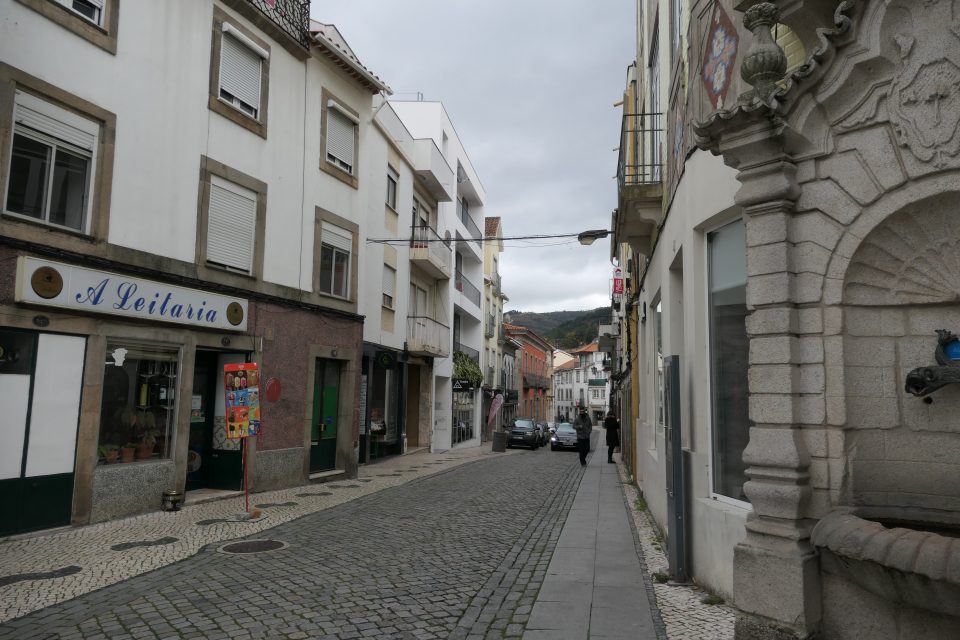
The former street of the Jews 
Easy to see marking on the right of the doorway – 1 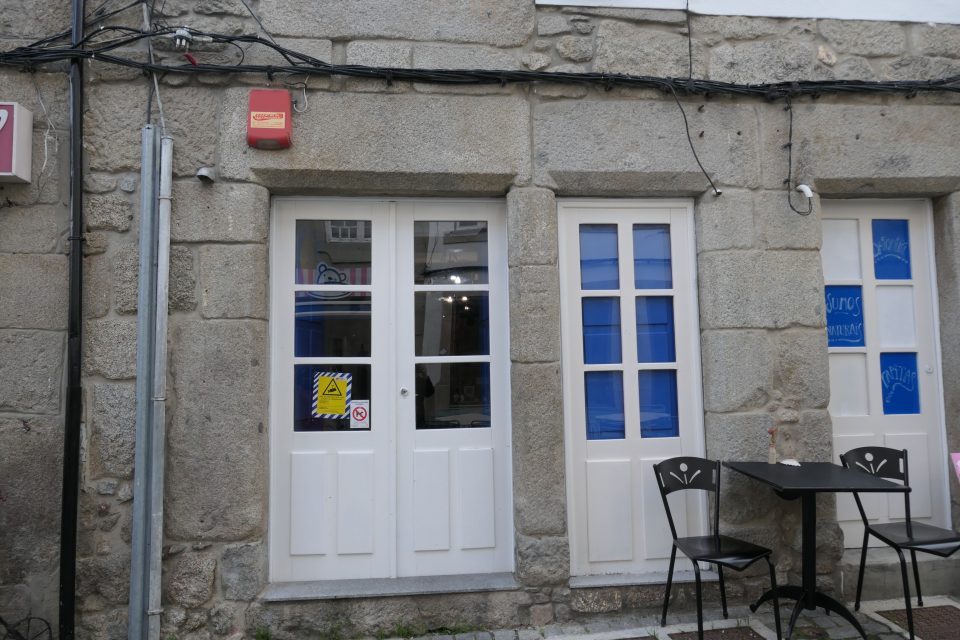
Easy to see marking on the right of the doorway – 2 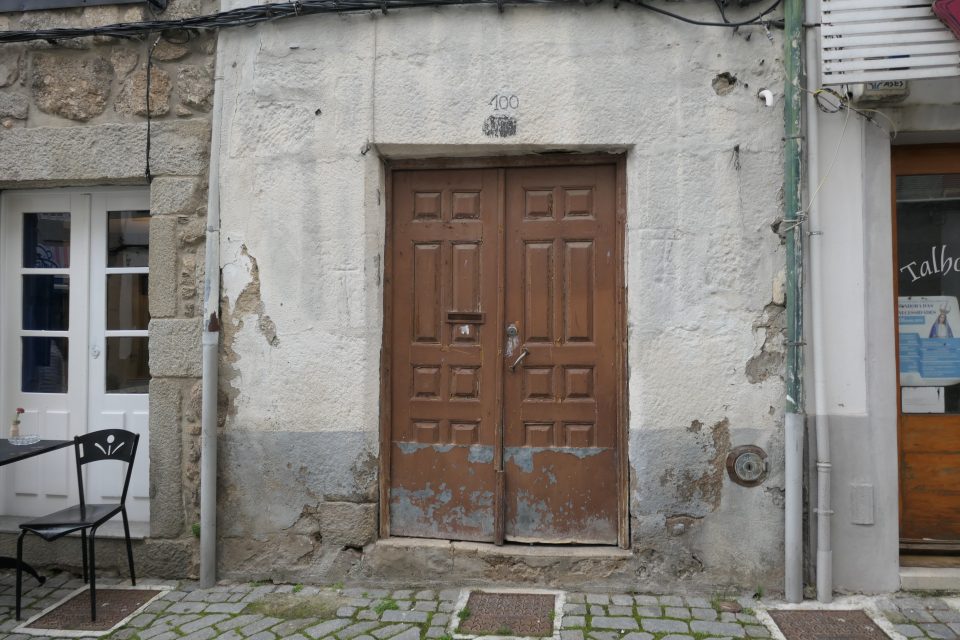
Easy to see marking on the right and left of the doorway – 3
We continued onto the second location but were not successful in finding anything. Other than these markings, there is no other trace of the Jewish presence that was once here.
From Fundão we continued south 20 minutes and reached Castelo Novo, another village on the Historic Villages list. Here there was nothing Jewish that we knew of, and the woman in the tourist bureau did not have a clue. We were here just for the sightseeing. The village did not disappoint. We made our way to the castle at the top of the hill. The village is surrounded by mountains on three sides. It sits ½ way up a mountain, with a valley dotted with villages below. The views were beautiful in all directions.

Fall colors on the way to Castelo Novo 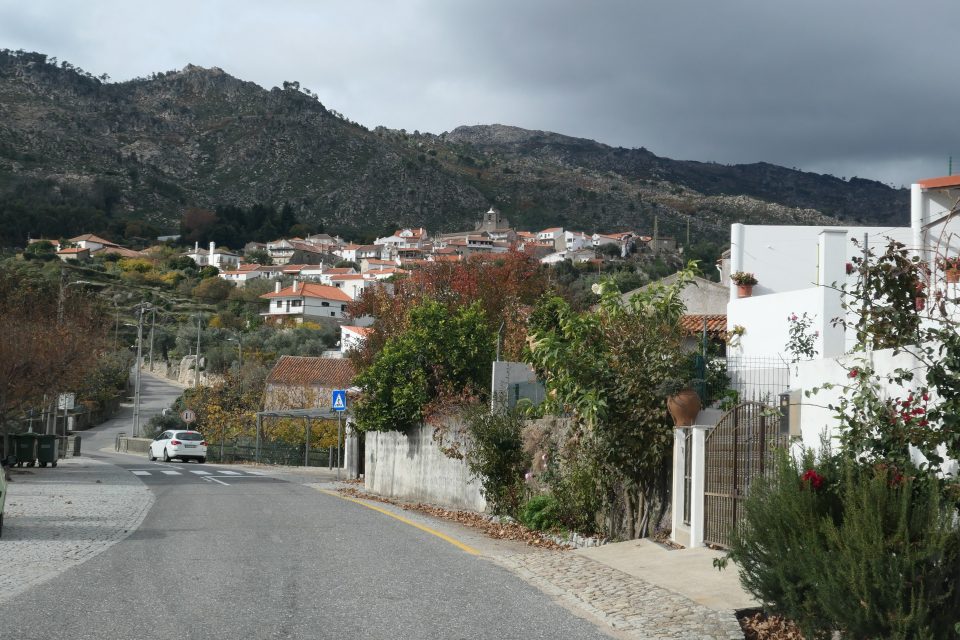
Castelo Novo from below 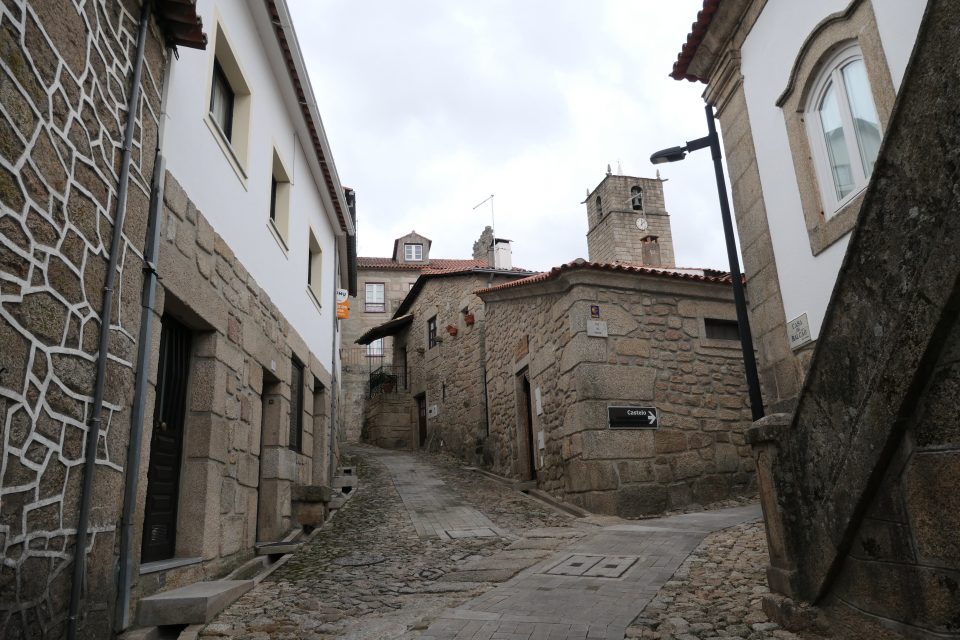
The streets of Castelo Novo 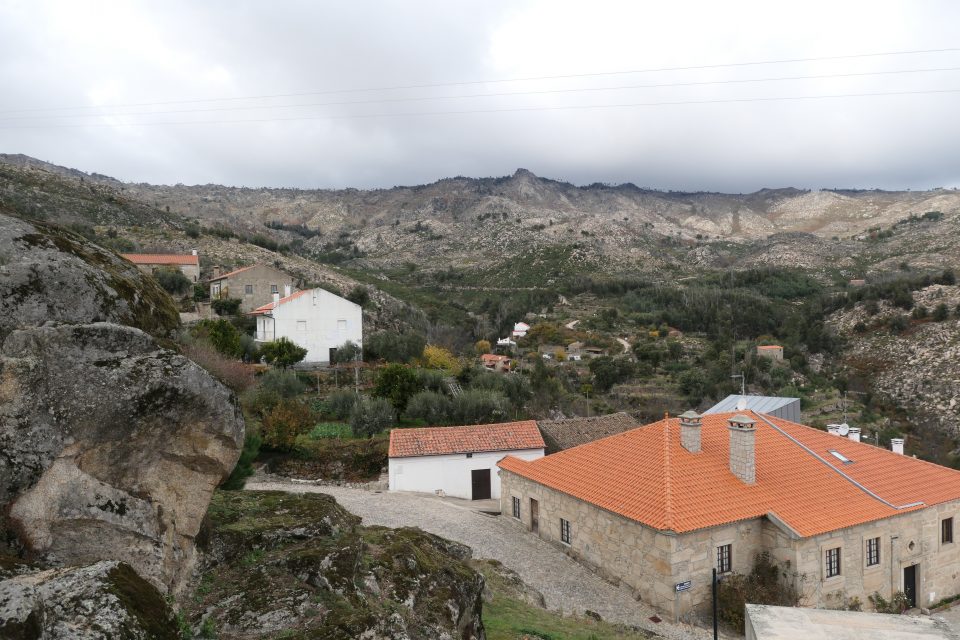
Climbing higher 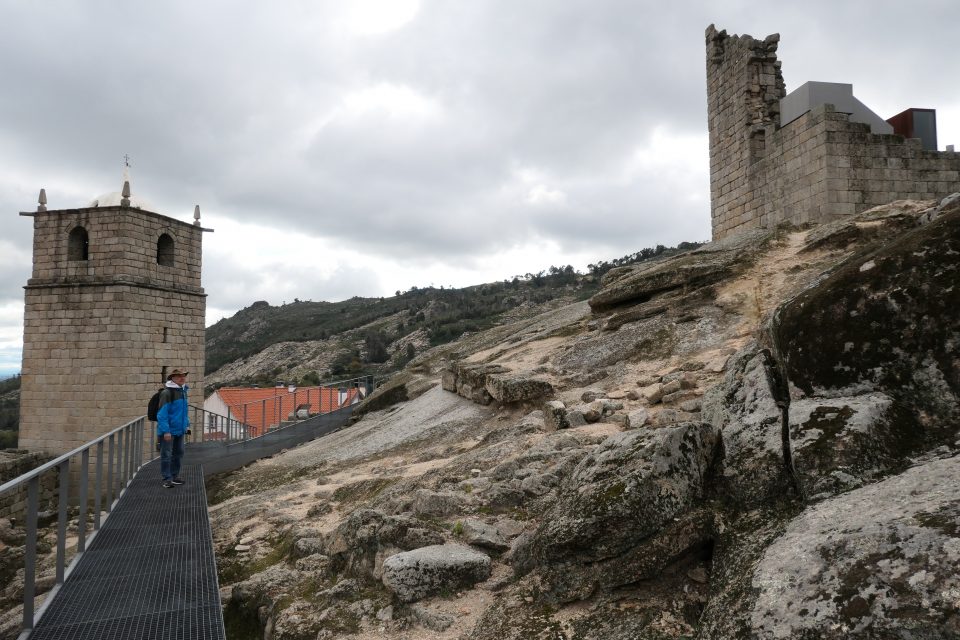
Reached the castle 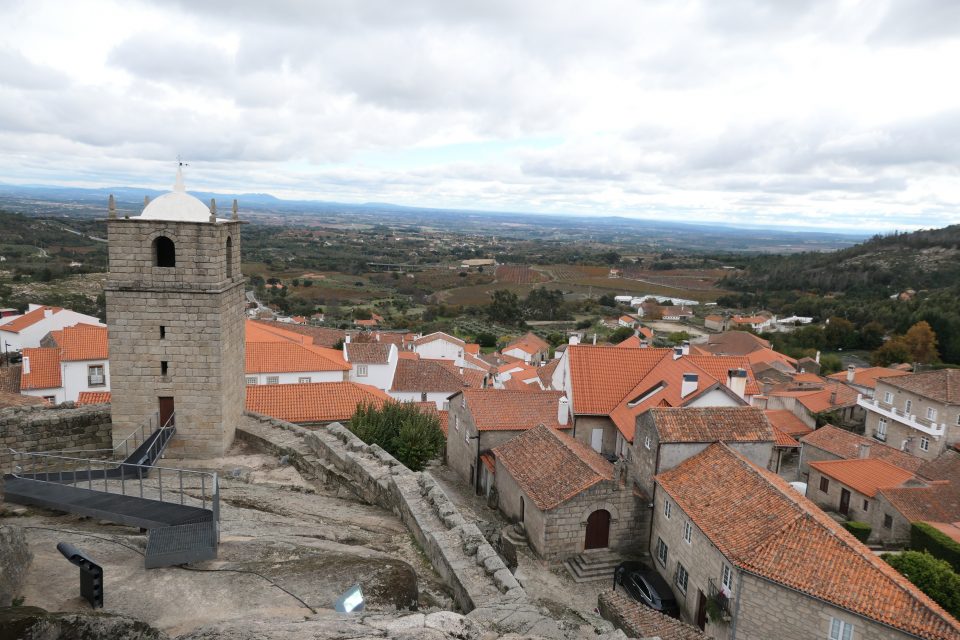
Views from the castle 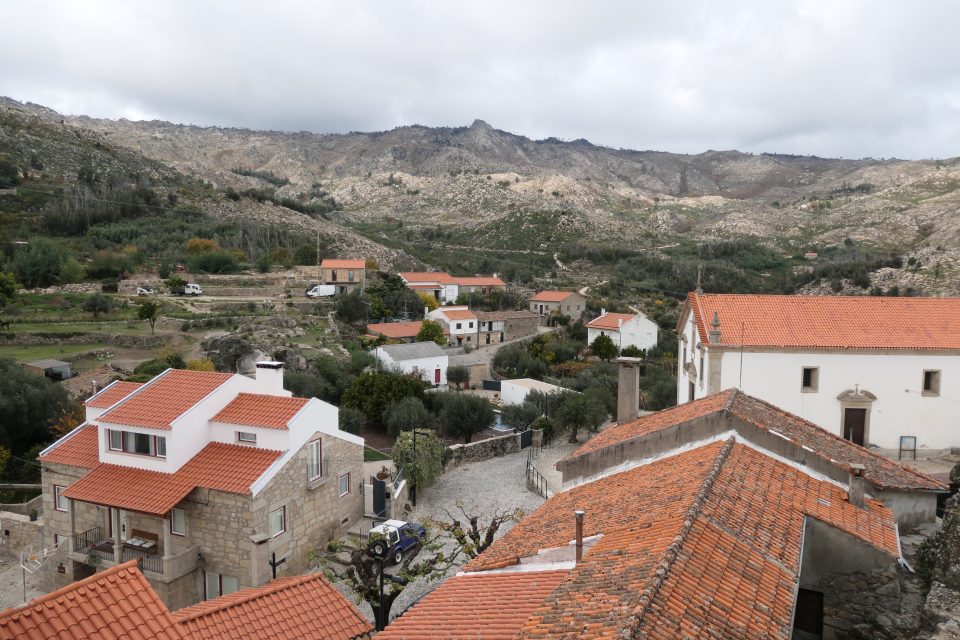
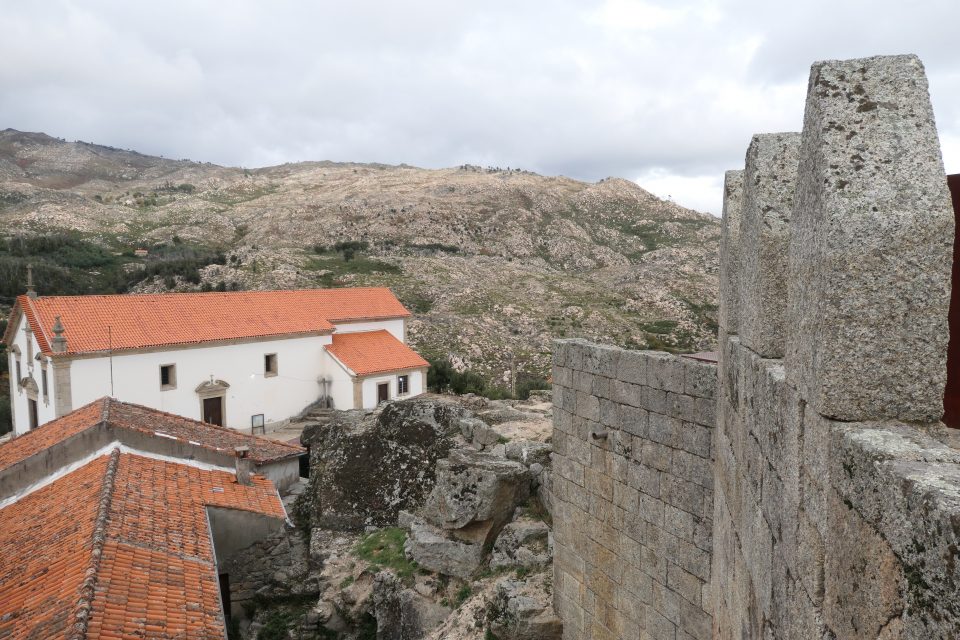
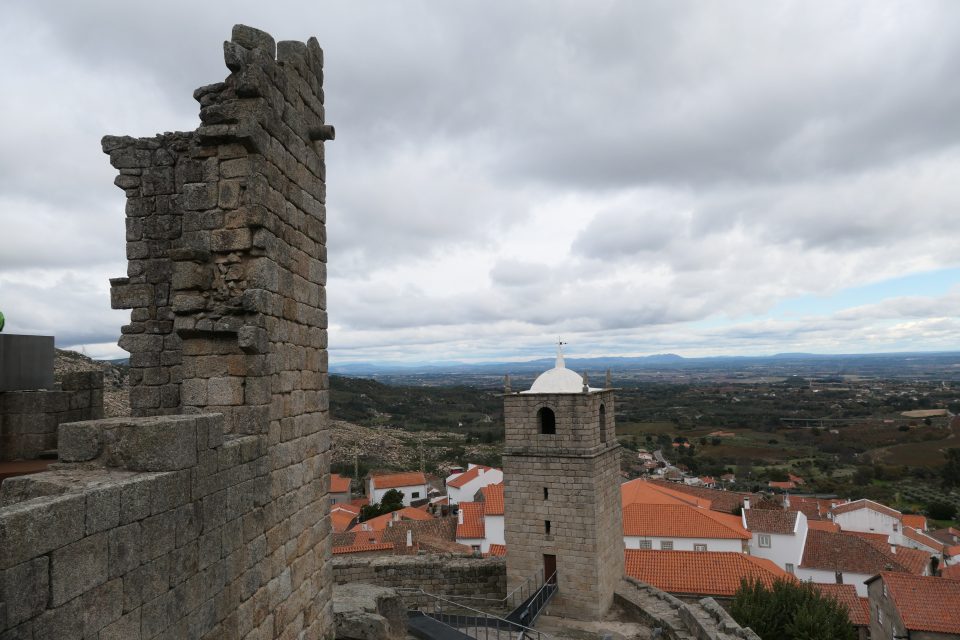
Our next destination was Penamacor. This is a large village about 40 minutes east, towards the border with Spain.

Scenes from the way to Penamacor 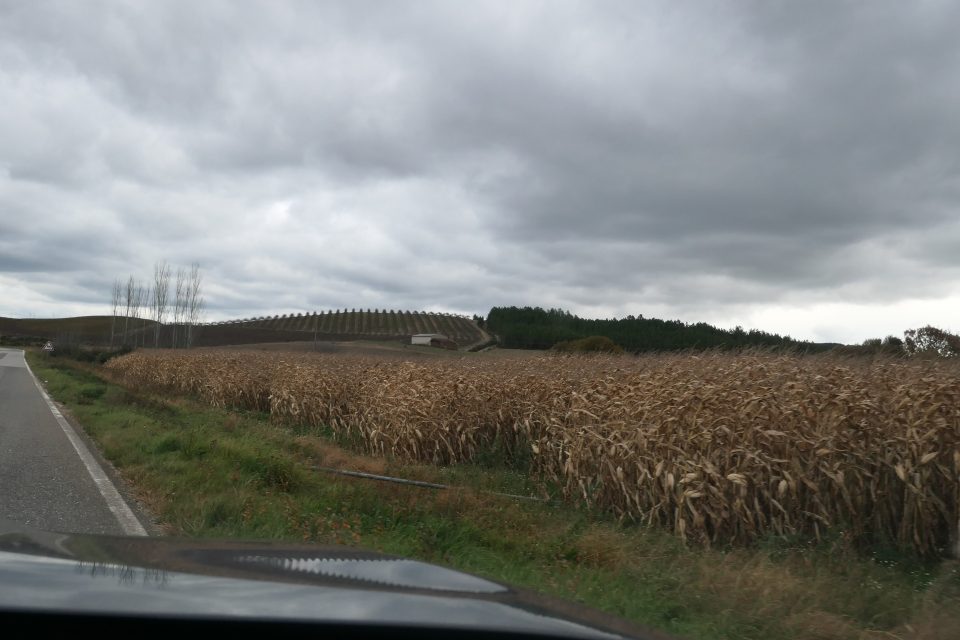
The land was not as mountainous and large agricultural fields were scattered along the way 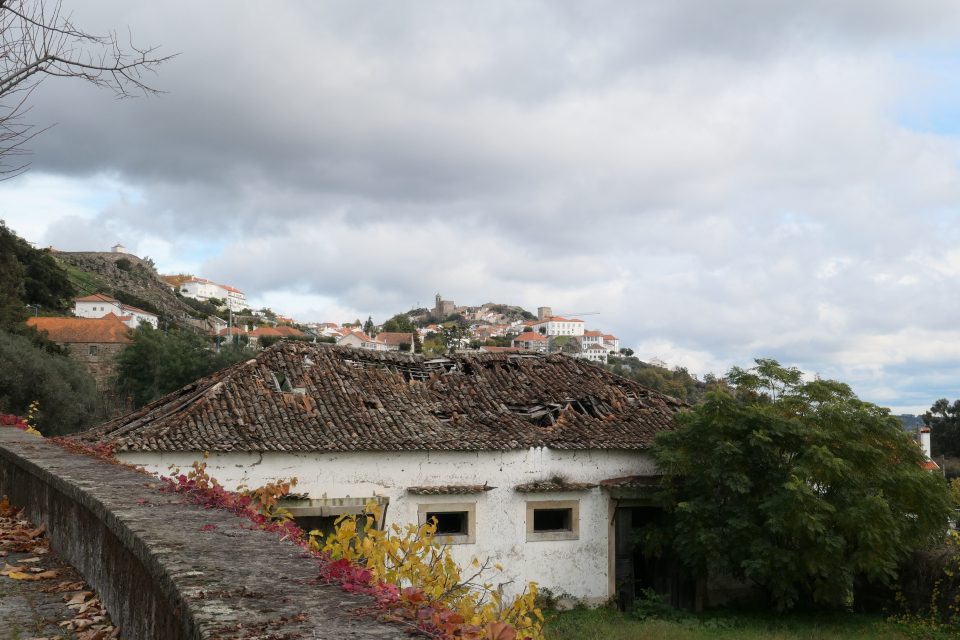
Penamacor castle at the top of the hill in the distance
Penamacor belongs to the Portuguese Network of Jewish Quarters. We were here to find the Casa da Memória da Medicina Sefardita António Ribeiro Sanches (House of Memory of Sephardic Medicine António Ribeiro Sanches). We arrived during siesta hour and had not yet had lunch, so we decided to first go up to the castle and find a place to sit and eat. At the top of the hill was a viewpoint – a perfect place for lunch. The area near the castle, was also the old Jewish quarter. We searched for signs, but did not find anything clear – only some ambiguous markings.
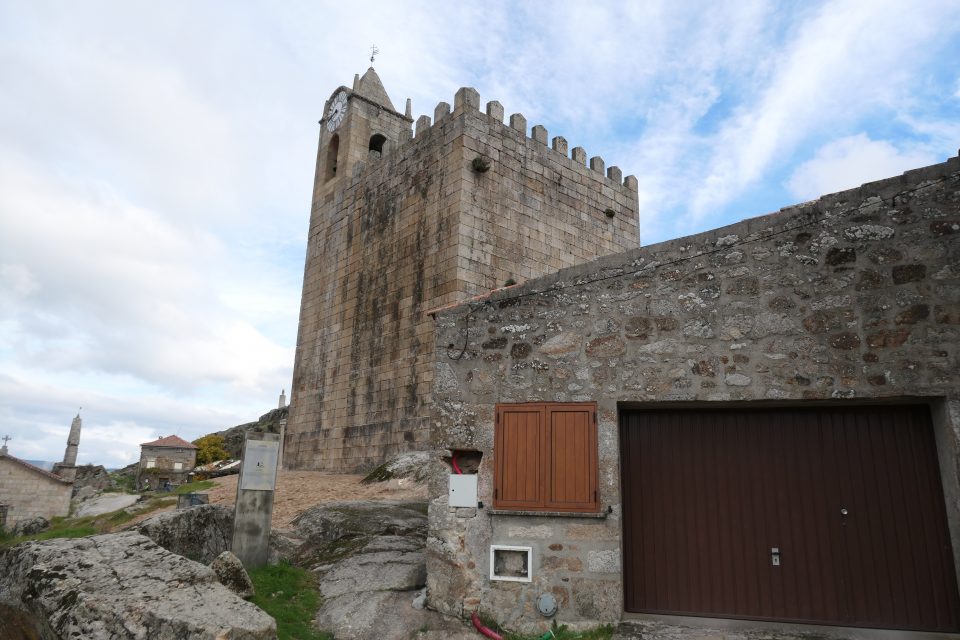
Approaching the castle 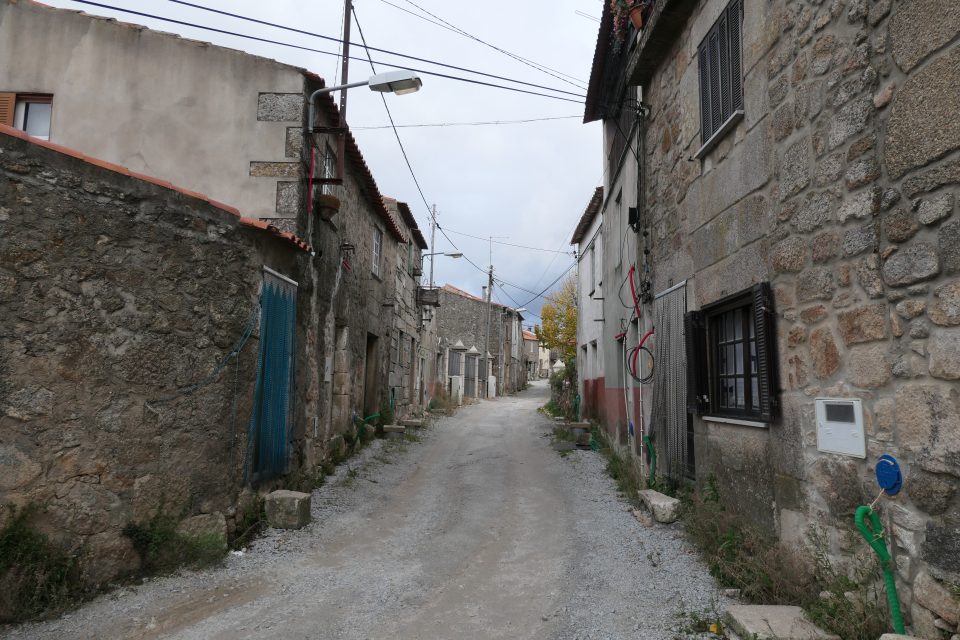
The street of the Jews inside the walls 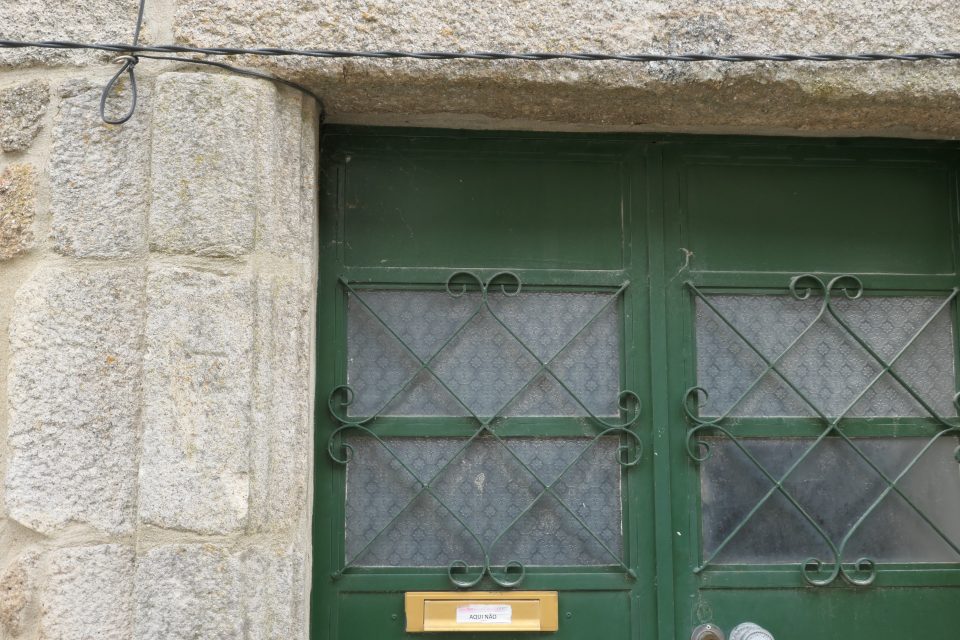
An ambiguous sign 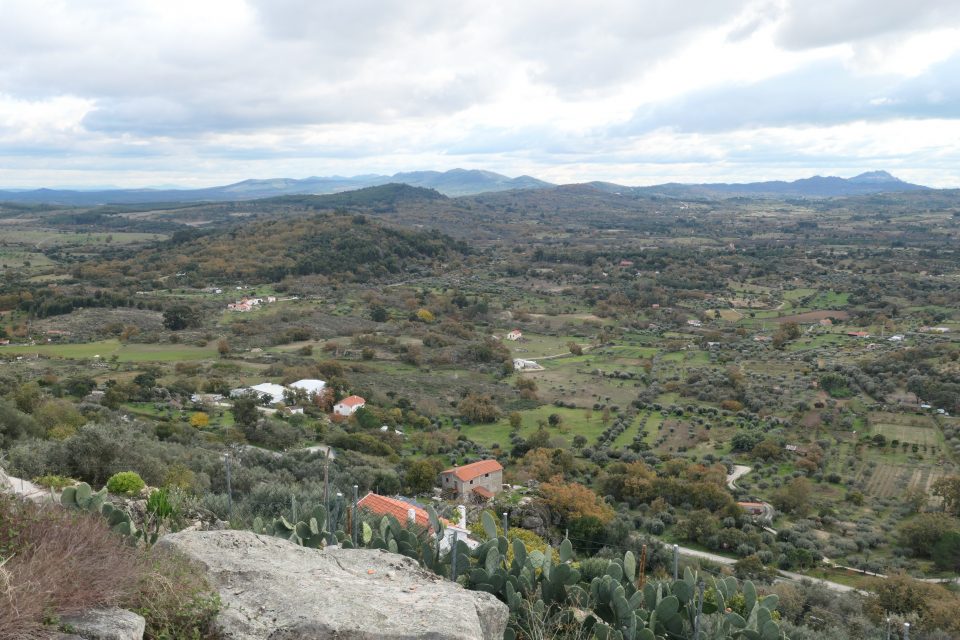
View from our lunch spot 
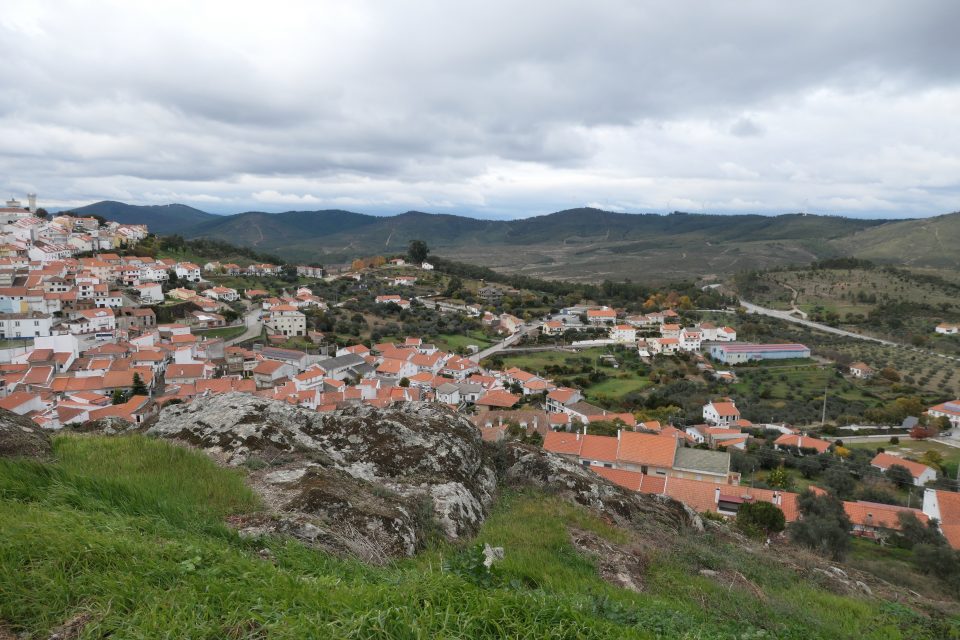
View towards the other side 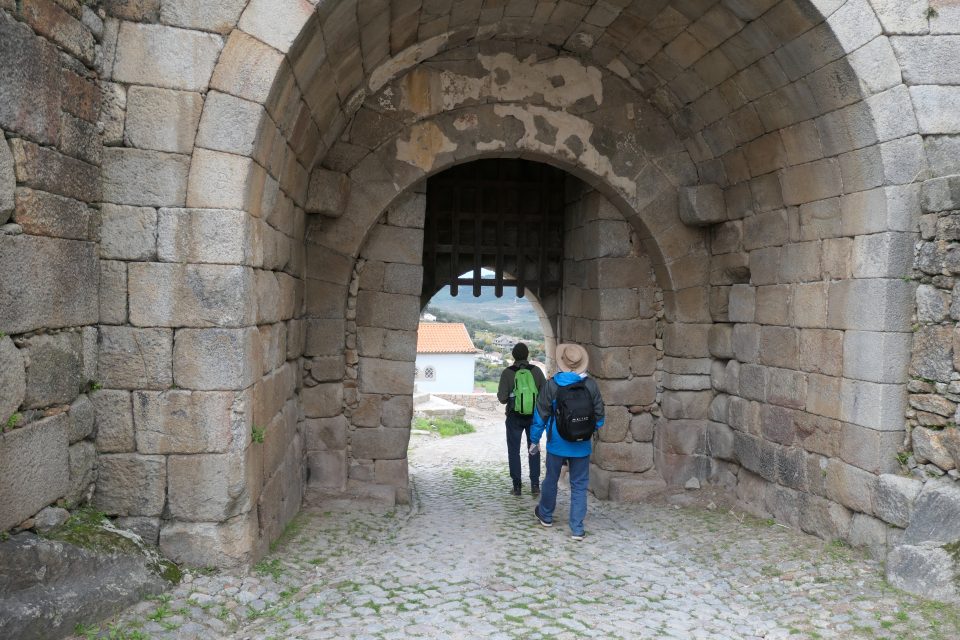
Exiting the walled city 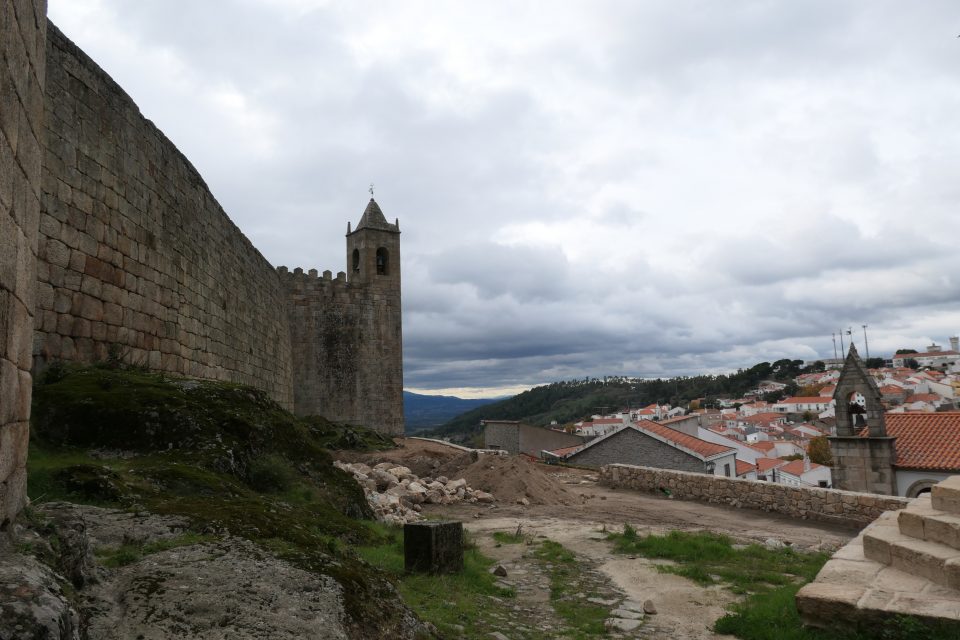
We walked down from the top of the mountain and found the museum we were looking for – Casa da Memória da Medicina Sefardita António Ribeiro Sanches (House of Memory of Sephardic Medicine António Ribeiro Sanches) . This is a museum dedicated to the Sephardic Jewish doctors from the years before and during the inquisition. As you come in, there was a wall with a small sample of the names of the Jewish doctors from that time period. There were hundreds of names. Also on the first floor, was a room with 11 panels, each one dedicated to a different distinguished doctor. Garcia de Orta was one of them. Others included Amato Lusitano and Filipe Montalto, name we would come across again. Many of them had been physicians to royalty. Each display panel had one side in Portuguese and one side in English, so we could learn about the different physicians.
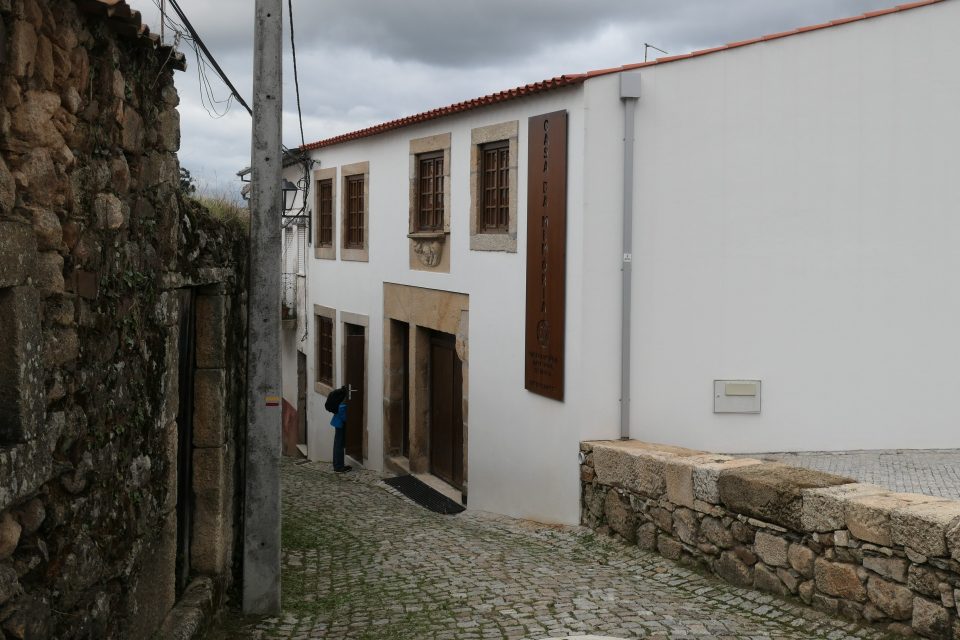
Casa da Memória da Medicina Sefardita António Ribeiro Sanches (House of Memory of Sephardic Medicine António Ribeiro Sanches) 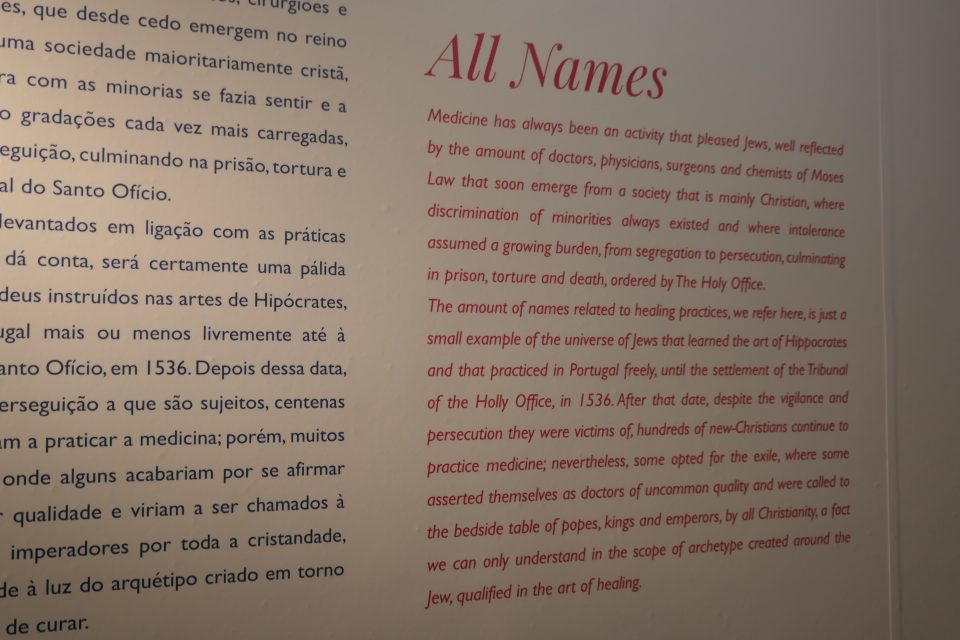
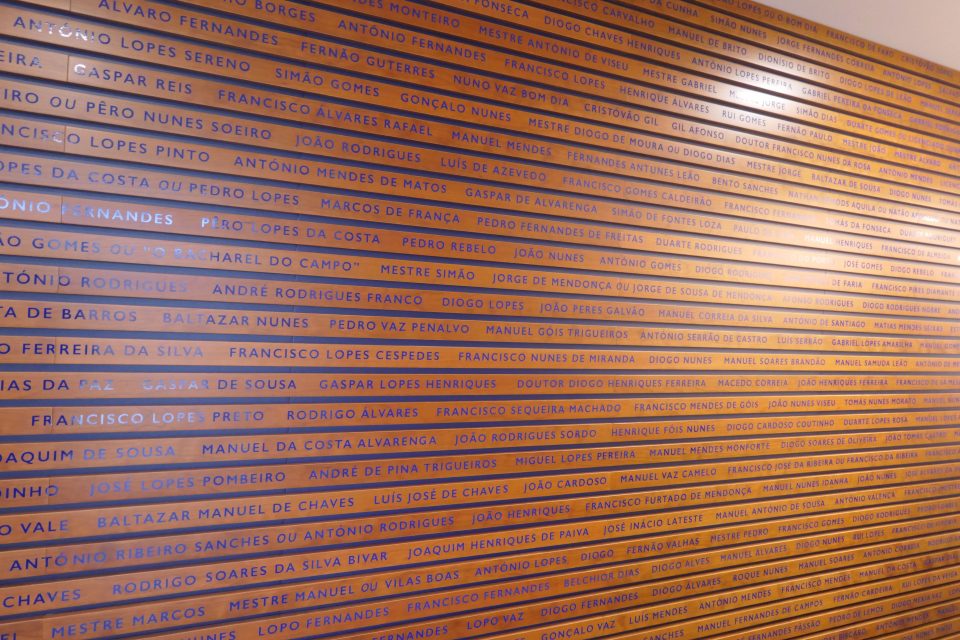
The wall of names 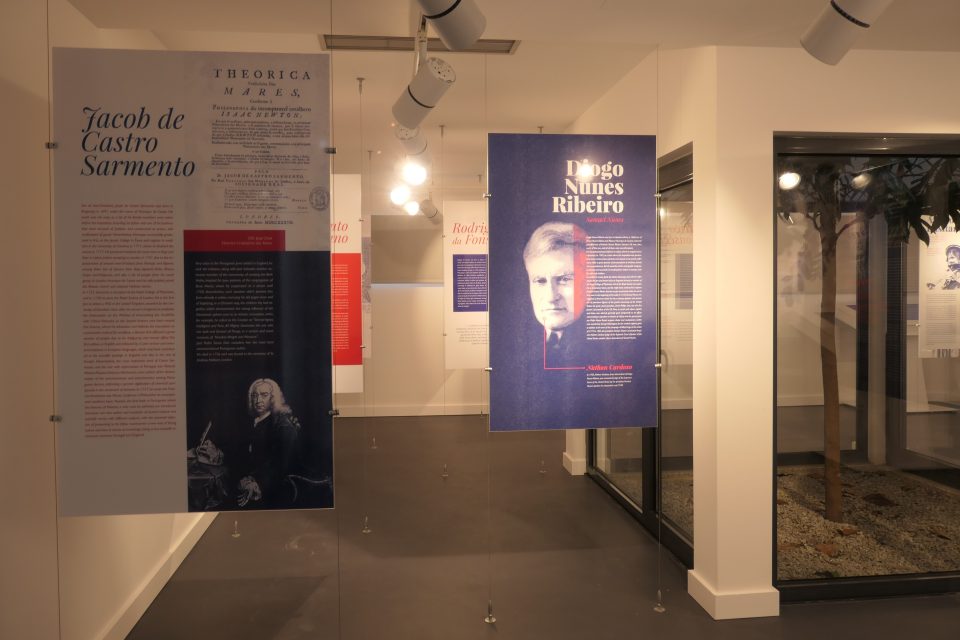
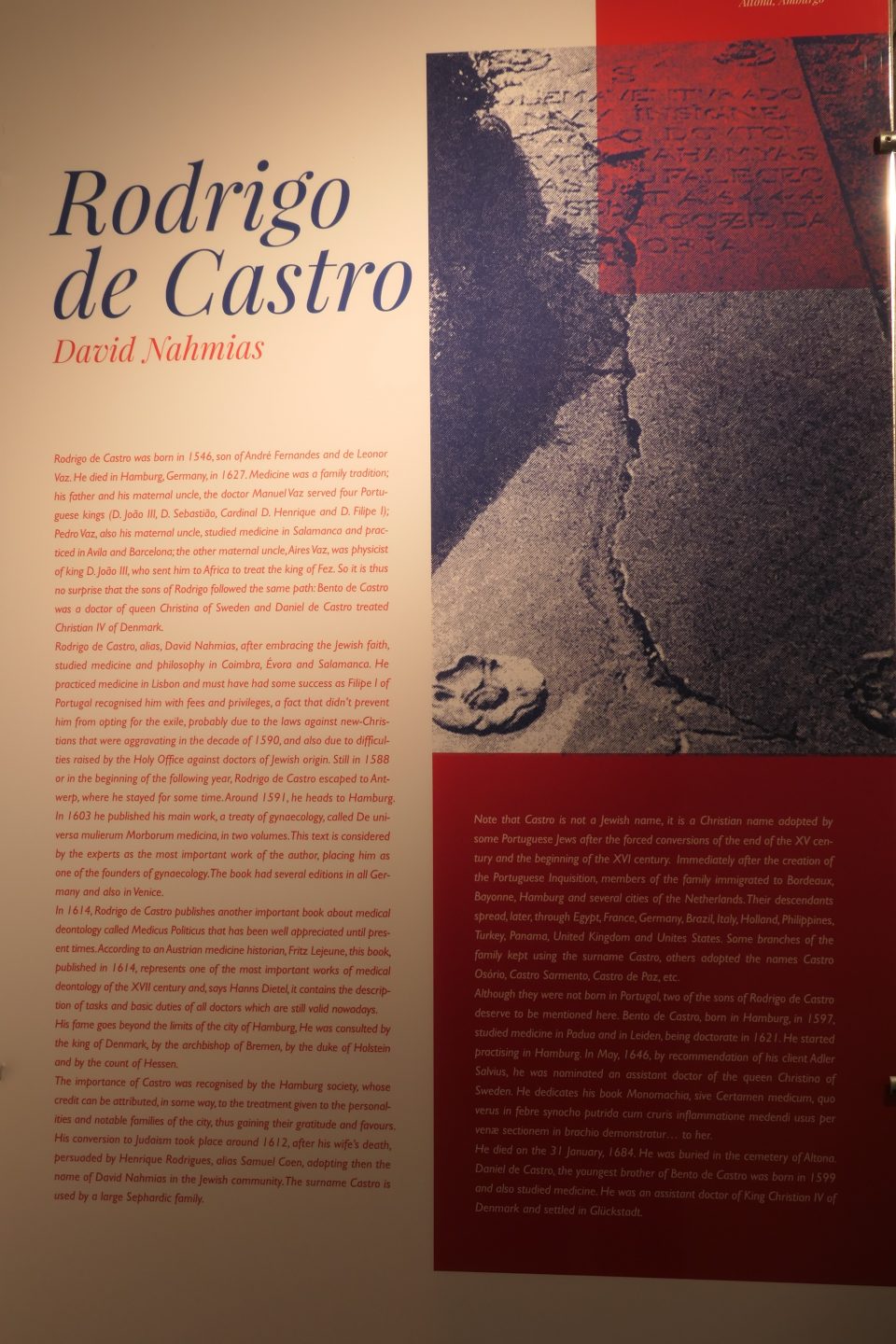
Samples of the display panels (zoom in to read) 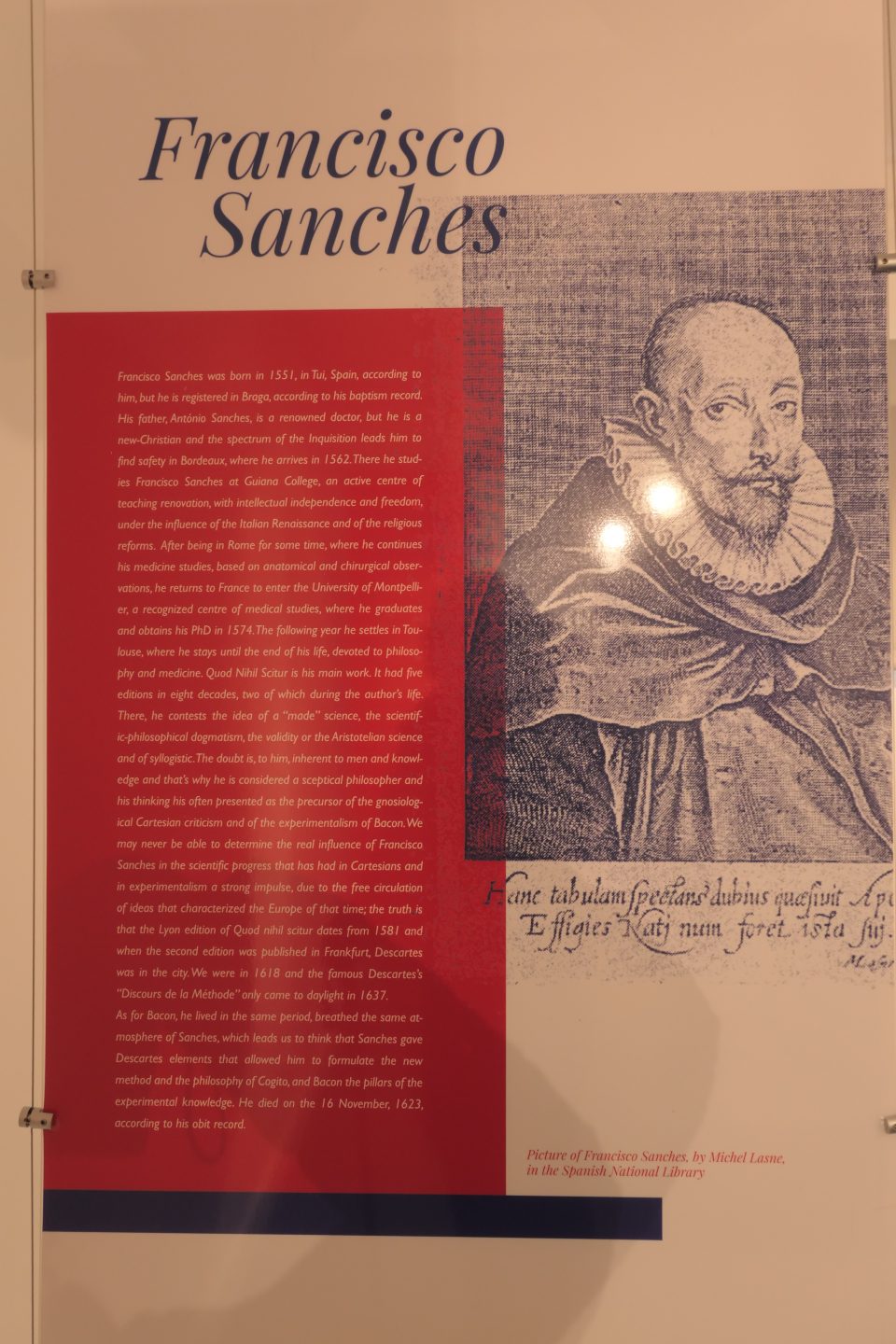
The second floor was only about António Ribeiro Sanches. He was born here in Penamacor in1699 and was an 18th-century Jewish Portuguese physician, philosopher and encyclopedist. He studied in Coimbra, got a medical degree in Salamanca, Spain and when he was denounced for practicing Judaism, fled to Holland. From there he went to Russia and distinguished himself as an army doctor, and eventually became a court physician to Tsarina Ana Ivanovna and Catherine the Great. After two of his colleagues were denounced for being Jewish, he made his way to Paris, where he died in 1783.
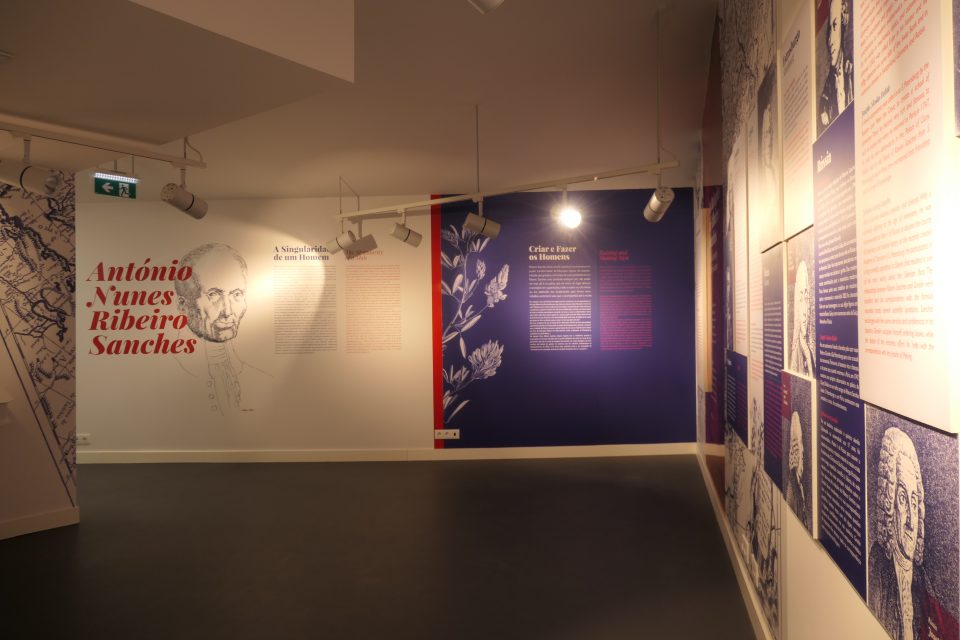
The exhibit on the second floor dedicated to Antonio Nunes Ribeiro Sanches 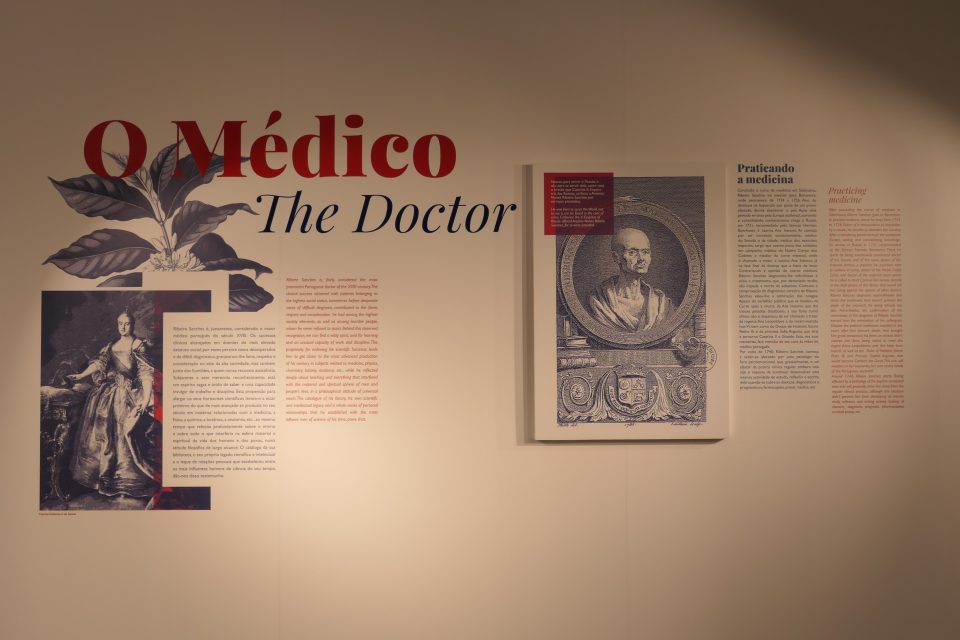
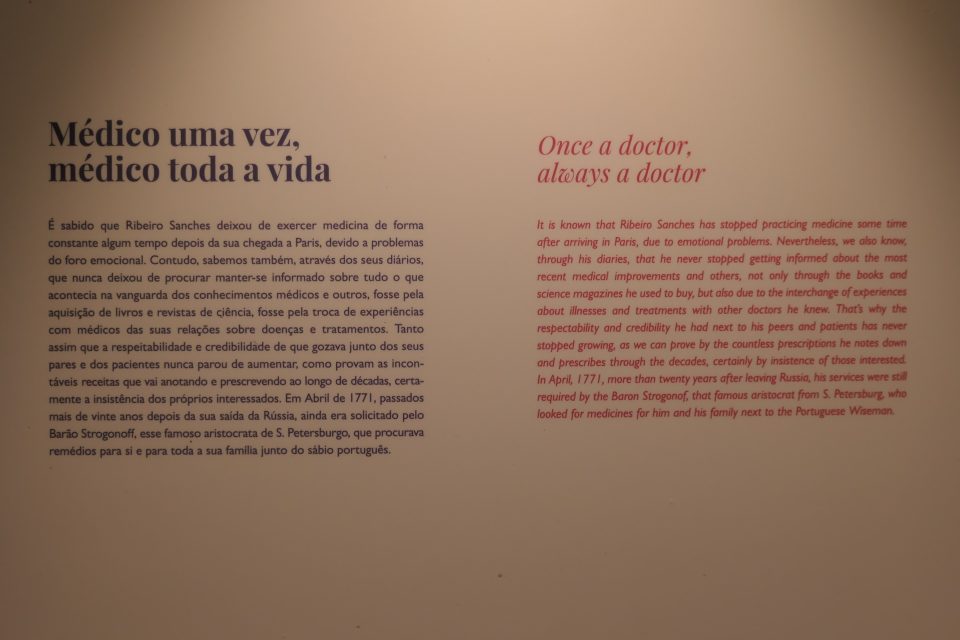
The museum only opened two months ago, and many of the audio visual displays were not yet working. Despite that, it was a very well done museum and highlighted an important niche of the Jewish experience in Portugal.
In doing my research for the trip, I had found a photo taken in Penamacor from 2017, that showed a synagogue under construction. We asked about this in the museum, and they pointed to a small building across the street. This matched the photo we had. They told us that it has not yet opened, there are problems with it. One problem that Mark and David noticed, is that the building has no windows. Their understanding is that it is preferable that a synagogue have a window according to Jewish law. Not sure why this was built without one.

The synagogue 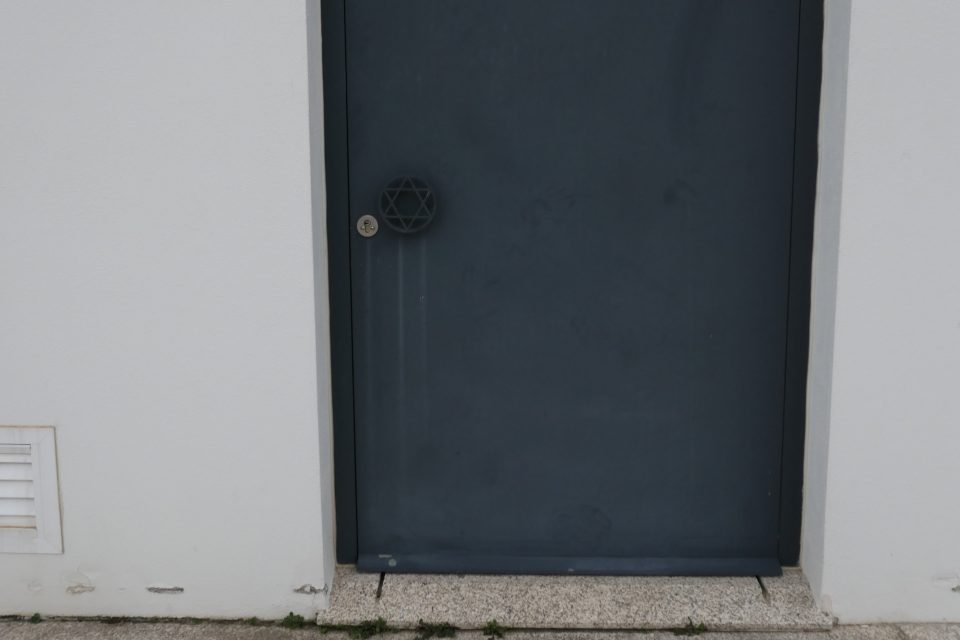
Door to the synagogue with a Magen David door handle
We also knew there was a monument dedicated to António Ribeiro Sanches in this town. We found the monument near the town hall, verified its location for the Wandering Jew app and continued on our way.
Our destination was Monsanto – another historical village on the list. When planning the trip, I had wanted to stay in the heart of the village, and splurged on a house with a view. We walked in, saw the view and were wowed by the place. From the street, the row houses seems small, but this was a very large three bedroom home built on the side of the cliff.

The houses of Monsanto up high on the mountain 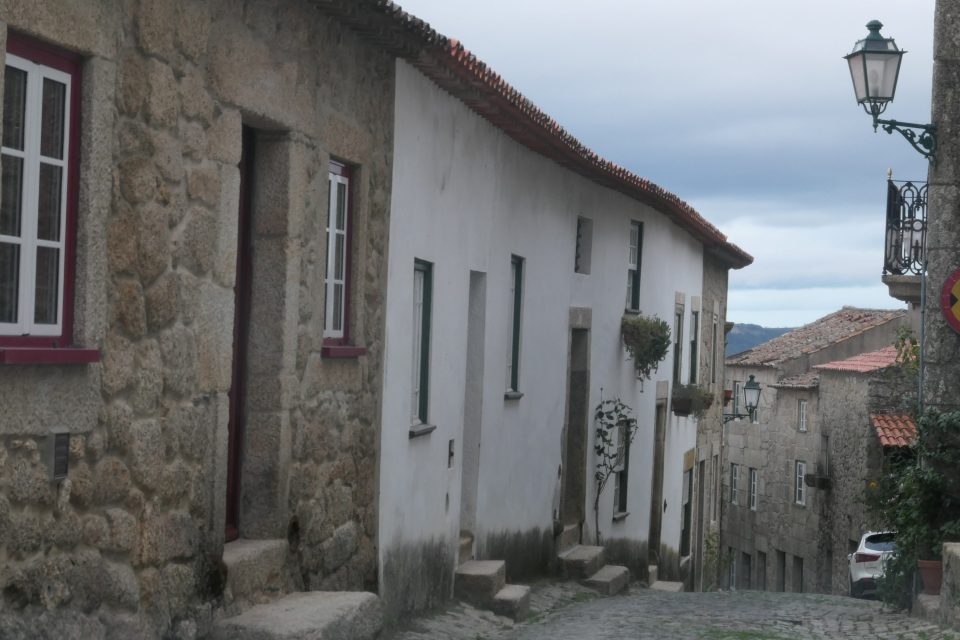
Our house. Our entrance was next to the rose bush. 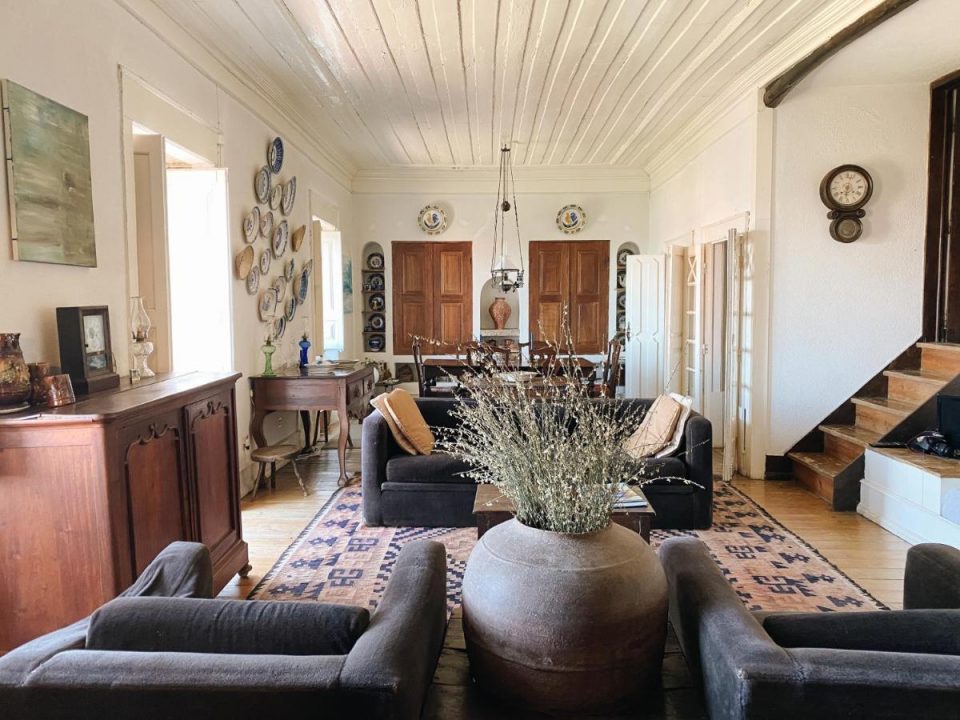
The living room 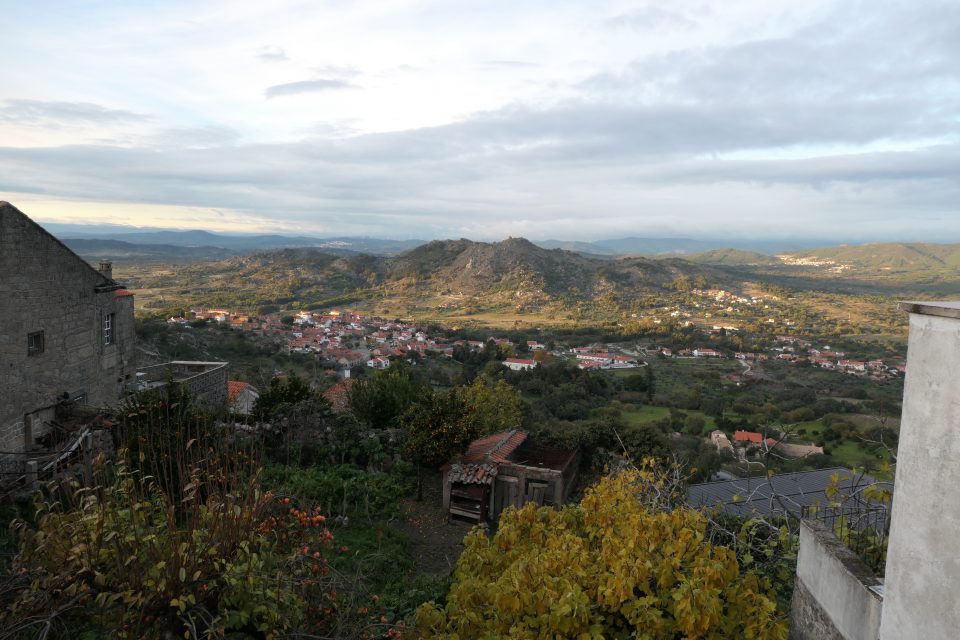
The view from the balcony
The sun was setting soon, so we went outside to take photos before it got dark. Monsanto is a medieval village built high on a mountain, in a location full of large boulders. Some boulders become part of the houses. Everything about it was spectacular.
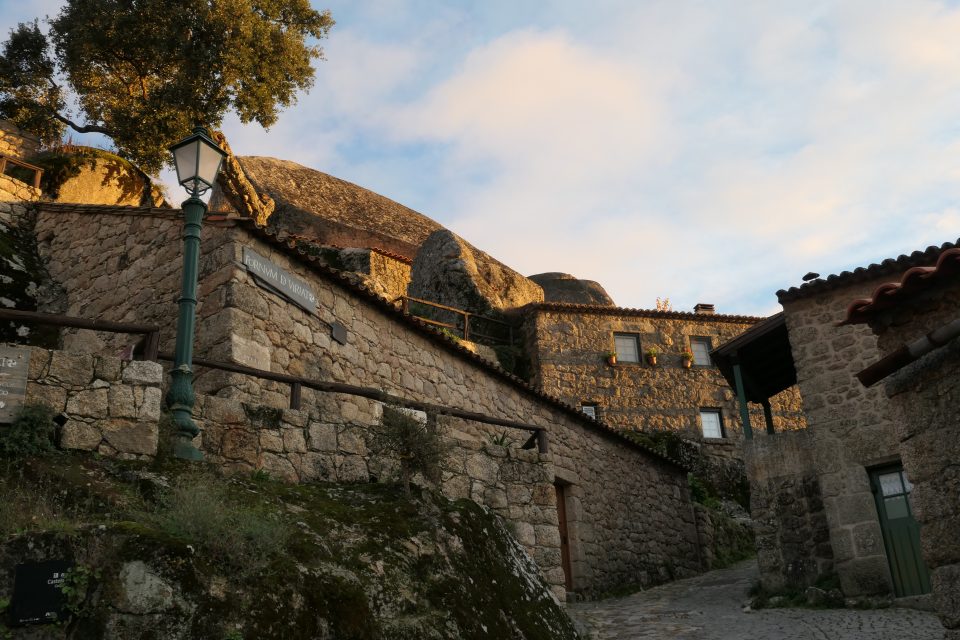
Monsanto houses are built among huge boulders 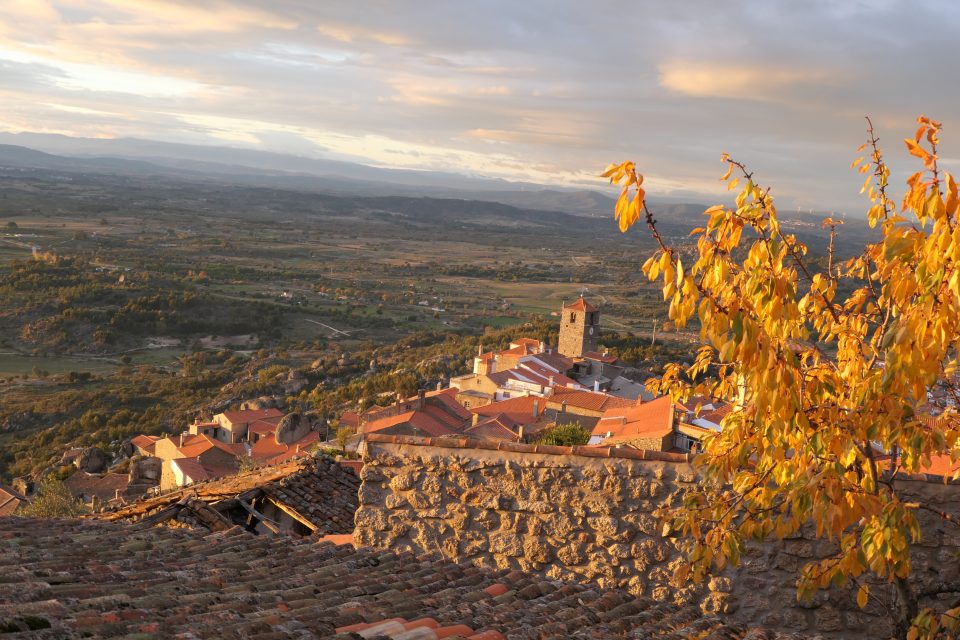
The setting sun 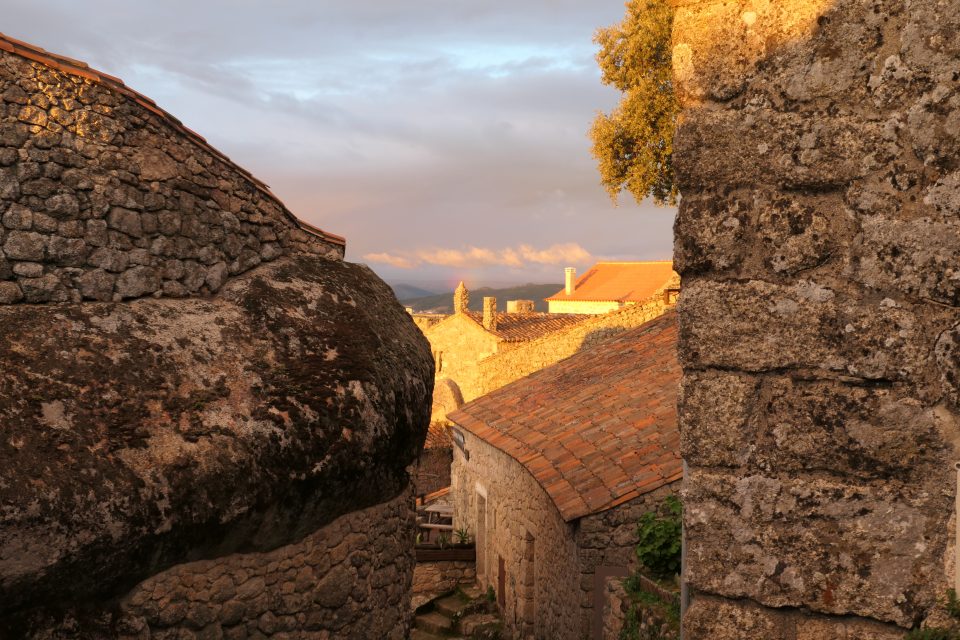

We returned to the house, made dinner and worked on our computers. Tonight is our last night with David. Tomorrow we are taking him to a bus for him to go back to Lisbon. He will be missed.
If we manage to get out early enough tomorrow, we will visit a seventh village on the list, that we pass on the way to take David to the bus. Stay tuned.
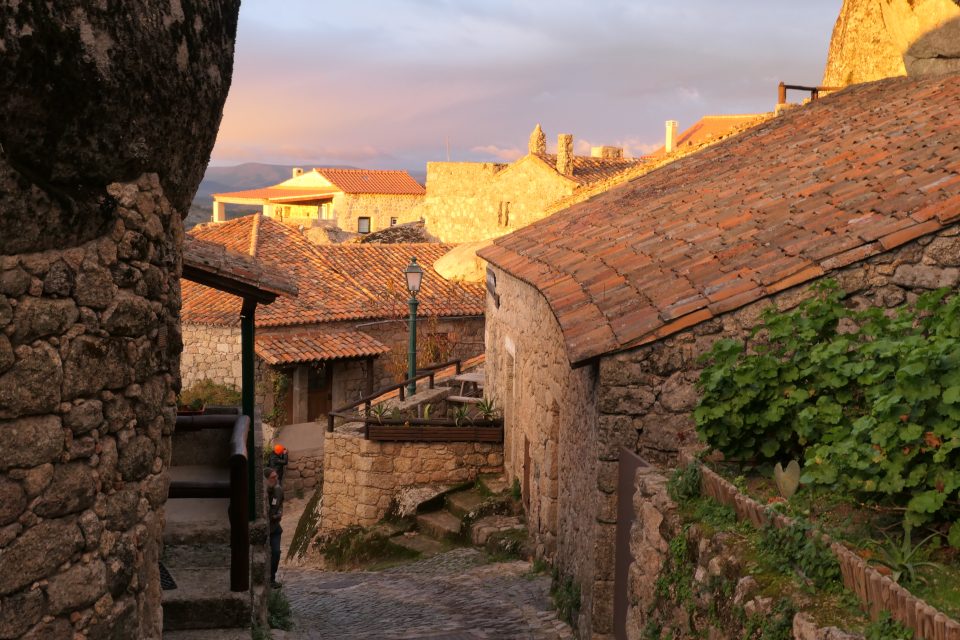
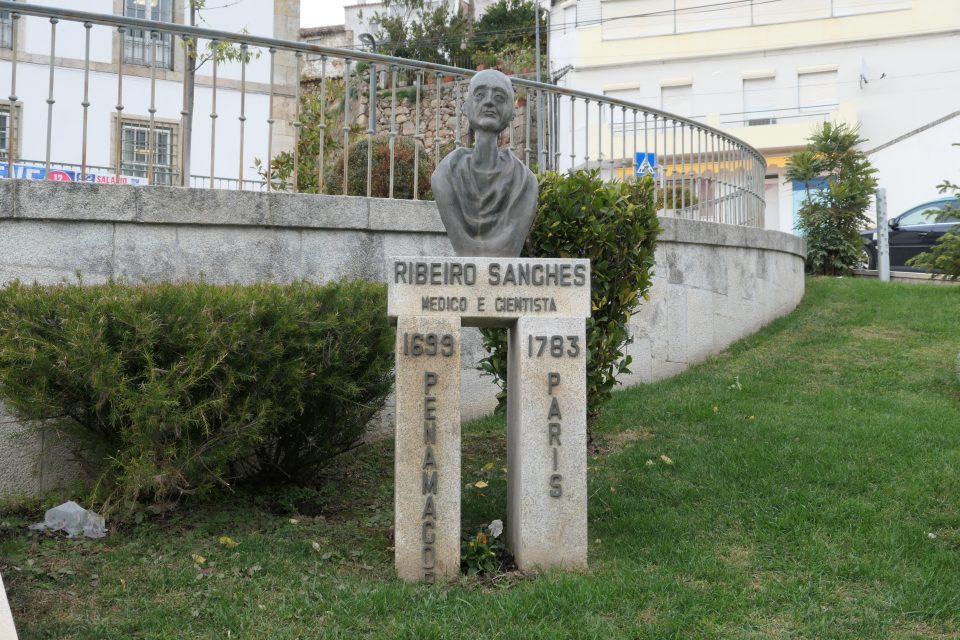
beautiful pictures!